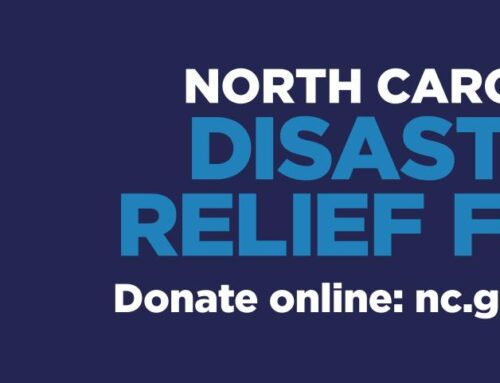You may be wondering why online fundraising seems to work so great for a few organizations and really poorly for others. And you may have heard that online givers are flaky or fickle, which was reinforced by Blackbaud’s research that concluded that online-acquired donors are more valuable in the long-term than traditional mail-acquired donors, but only if the online donor has been converted to offline giving.
Here’s what Blackbaud says . . .
“We found that over time, i.e. year after year, large percentages of online-acquired donors switch from online giving to offline giving — primarily to direct mail. The reverse is not true, however – only a tiny percentage of mail-acquired donors give online in later years.
Whatever the reasons behind this behavior, the conclusions are clear.
It is imperative to move online donors to offline giving as quickly as possible.
However, it is not worth the time, effort and cost to try to convert offline donors to online giving. It is also clear that online efforts alone are not sufficient to fully fund any nonprofit effort.”
When I first read that, my reaction was, “Seriously? Who are these people who start giving online and then prefer to go to check writing?” It just seemed really weird to me, because I am writing fewer and fewer checks and can’t imagine a situation where I would switch to writing more checks. But I am always telling people “you are not your target audience” so I figured I just didn’t understand the full dynamics of what was going on here.
But then I saw Julie Damon’s post entitled “Move Your Online Donors Offline . . . You Must Be Crazy.”
Julie thinks something is fishy. She says:
“I’m wondering if the real issue with online donors being one-hit-wonders isn’t that the donations are made online, but that many nonprofits don’t have a great process in place to retain donors that are NOT obtained through direct mail campaigns.”
She also notes that the data in the Blackbaud report came from nonprofits that receive more than ¾ of their gifts through direct mail. Julie says, “I’d be very curious to know whether or not they had an equally robust ONLINE program or if they just chose to focus more of their attention on their lucrative direct mail programs.
Those could be plausible explanations for the results that would NOT require nonprofits to immediately move their online donors offline, but rather build up, and focus on, online processes to make sure those donors stay online and happy. In other words, focusing more on offline acquisition could DRIVE YOUR ONLINE DONORS OFFLINE. No one addresses this possibility, which to me makes a LOT more sense.”
Katya Andresen, from Network for Good (which processes online gifts for nonprofits) agreed.

I’m with Katya and Julie. It makes so much more sense, on every level.
What if online fundraising doesn’t work because nonprofits drop the ball?
Nonprofits need to figure out how to make online donor retention work. This is all still very new, compared to several generations of experience with direct mail, and there’s a whole lot to be learned yet. I do not see this as online versus offline. I want to know what we need to do to retain online donors — it’s a huge, great, still unanswered question — but insisting that they write a paper check after the first online gift just seems ludicrous to me. (I realize that a lot of fundraising is very counter-intuitive, but still . . .)
How about going back to basics: expressing gratitude to the donor, reporting back with results, and offering additional ways to get involved. We know these approaches work with direct mail so why not online too?
Online stewardship of donors just isn’t happening like it should.
I say this with confidence because of the story I will share with you in tomorrow’s post. I made gifts to twenty national nonprofits in the final days of 2011, and guess what happened next? Read tomorrow to find out.


![12 Things You Can Stop Doing Right Now [Infographic]](https://www.nonprofitmarketingguide.com/wp-content/uploads/2025/01/Stop-Doing-2025-Info-hung-up-500x383.png)



